Wetsuit vs Drysuit
Not sure whether you need a wetsuit or drysuit to stay both dry and warm when heading out on the water? This guide will help decide what to wear out on the water. So whether you’re a complete novice when it comes to watersports kit, or you’re looking at investing in a new wetsuit or drysuit, keep reading to find out which factors to consider:
What is a drysuit?
It is important to know what a drysuit is and how it works. Drysuits are designed to keep all the water out (hence the name) when you submerge yourself in water so you stay dry and warm whilst out on the water. Drysuits have strong necks and handcuffs that fit tightly to keep the water out. However, drysuits are made out of foam neoprene, crushed neoprene, vulcanized rubber, or heavy-duty nylon which can be pretty thin and uninsulated and therefore may not be very warm, if worn alone. On the other hand, drysuits fit more loosely than wetsuits and allow you to wear warm fleecy clothes underneath.
What is a wetsuit?
Wetsuits are made of a tight-fitting layer of neoprene that is designed to keep you warm when wet. Wetsuits only let in small amounts of water when you get wet. The looser fitting the wetsuit, the more water will get in and the colder you’ll get. That is why it is important to find the right size wetsuit. Wetsuits are a tighter fit than drysuits and therefore allow you to move around more easily.
Check out our ultimate guide to choosing a wetsuit.
Things to consider when deciding wetsuit vs drysuit
-
What activity are you doing?
Both wetsuits and drysuits are suitable for a range of Watersports. You can find drysuits designed for kayaking, SUP and sailing. Wetsuits can also be used for kayaking, SUP and sailing as well as surfing, wakeboarding, kitesurfing and windsurfing. Whilst drysuits may be better suited to activities where you move less as they are more effective thermally, wetsuits will be better suited to high output situations. This is because a drysuit, even though it is breathable, will be overwhelmed by perspiration and will get wet on the inside, potentially leading to you getting cold when activity levels drop.
Surfing, Kitesurfing, Windsurfing and Wakeboarding
Drysuits aren’t as well suited to surfing activities as they don’t react well when you are moving fast whilst partially submerged. This is because they cause drag and may even let water in. Also these sports require lots of mobility which wetsuits tend to be better suited for.
Sailing
Sailing is a sport that you can wear either-or. Drysuits tend to keep you warmer and dryer when you are not getting submerged, so it may be best to opt for a wetsuit if you think you’ll end up in the water. Also, sailors who sail the more physically demanding boats such as those with trapezes tend to opt for wetsuits over drysuits as they have much more mobility and you may get too warm in a drysuit. Shop sailing drysuits here.
Kayaking
Kayakers may also have a tough decision deciding between wetsuits vs drysuits. Kayaking doesn’t require as much mobility as sailing and therefore kayakers are able to layer up more underneath their drysuit to keep them warm. Kayaking drysuits have features like pre-bent arms and legs to increase mobility and reinforced seat for durability. Kayakers may opt for a wetsuit if they think they will be submerged.
-
Which is warmer?
Your warmth really depends on a few factors: thickness of your wetsuit/drysuit, how many layers you are wearing underneath and whether you’re submerged in water or not. If you are submerged in water, you’re more likley to be warmer in a wetsuit as it is tight-fitting and designed to keep you warm in water.
-
Which is less expensive?
Drysuits tend to be more expensive than wetsuits especially if you’re looking for one with top end features. However, generally speaking, the more you pay for your drysuit or wetsuit, the more great features you get.
When it comes to maintenance cost, you can get inexpensive wetsuit and drysuit repair kits to extend the life of your kit.
Written by Lucy Harris.
Updated on 26th April 2023
Originally published on 22nd October 2021 in Kitesurfing










































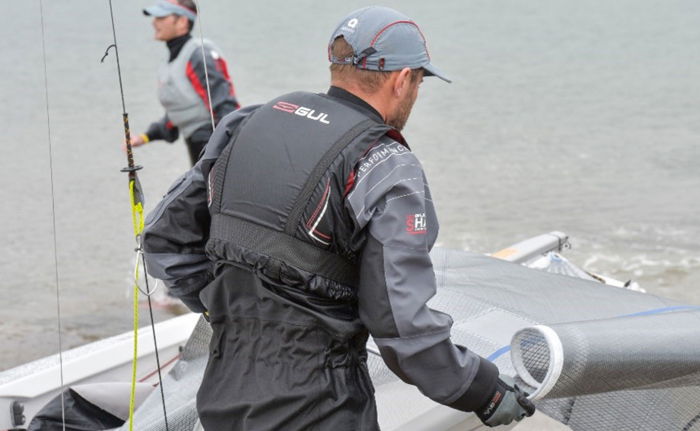


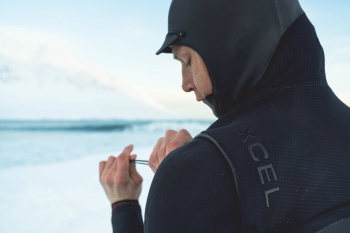
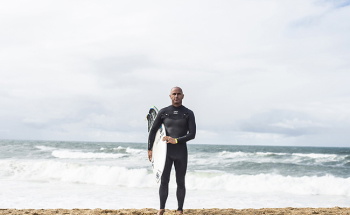
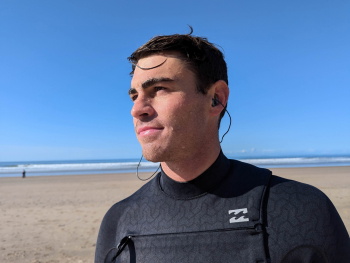

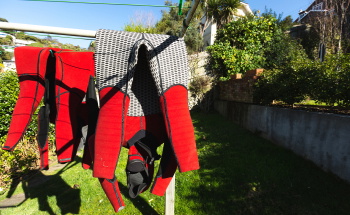
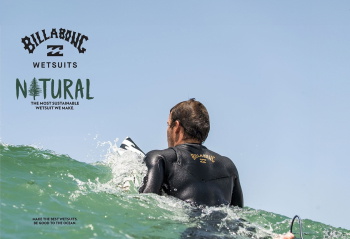

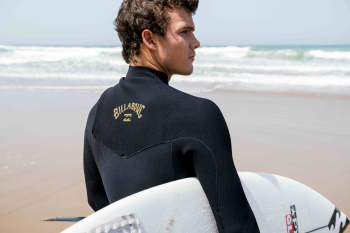

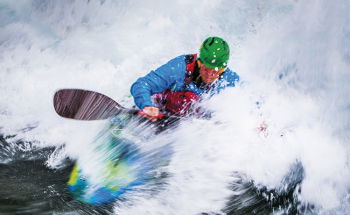
 Visit the US site
Visit the US site  Continue to ES
Continue to ES